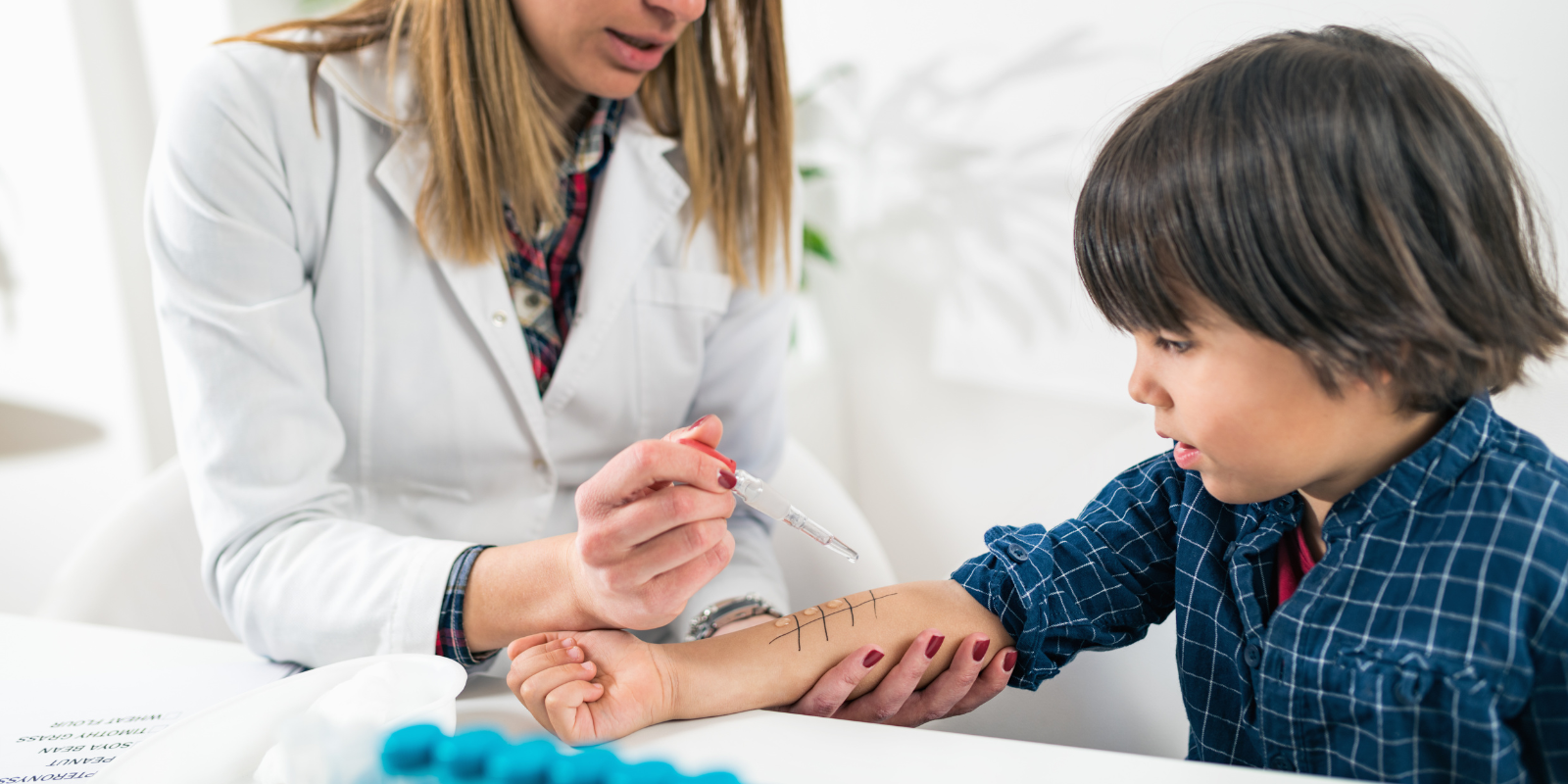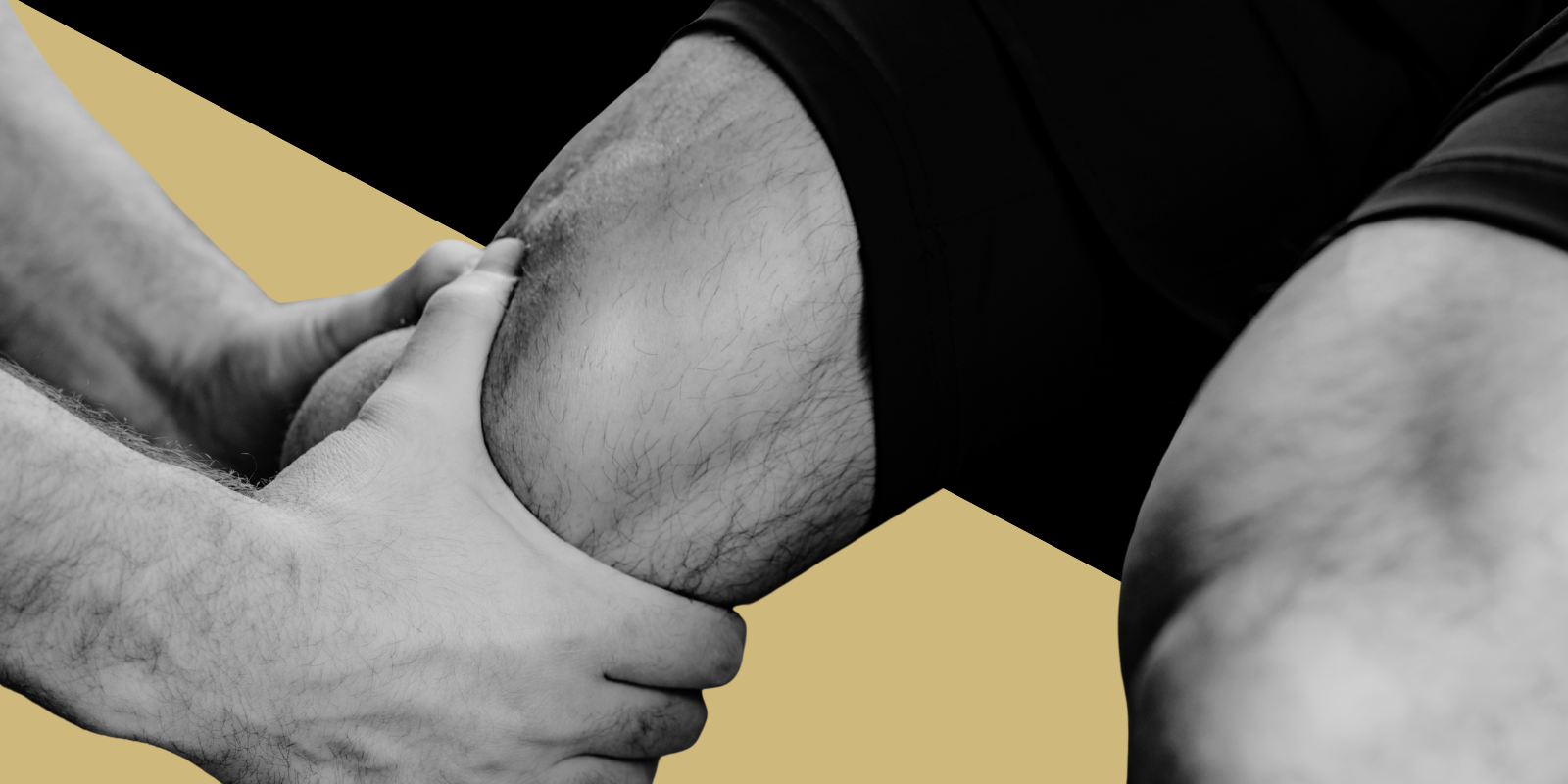A new treatment for peanut allergies in the form of a patch applied between the shoulder blades has shown positive results after a years-long study. Now, the VP250 VIASKIN Peanut patch from DBV Technologies, which contains about 250 micrograms of peanut protein or the equivalent of one-one thousandth of a peanut, is moving closer to being available for patients.
Researchers found that the skin worked as an open mechanism to desensitize people with peanut allergies, especially in the youngest groups of patients. At the end of a 60-month study, more than 70% of the children who participated responded to the treatment.
Roughly 2% of the population suffers from a peanut allergy. Food allergies, which affect about 10% of children in the U.S., are part of the family of atopic conditions that includes eczema, asthma, and hay fever, often experienced concurrently. The peanut patch uses an extremely small dose of peanut proteins, which are absorbed into cells through the skin, to desensitize patients. After only a year of the treatment, which utilizes just a total of 125 milligrams of peanut protein, almost three-quarters of the patients were able to tolerate between one and five peanuts.
David Fleischer, MD, professor of pediatric allergy and immunology at the University of Colorado School of Medicine and director of the Allergy and Immunology Center at Children's Hospital Colorado, guides us through the benefits and importance of the peanut patch as it takes its place in the allergy treatment field.

How long do patients wear the patch?
We want it on for more than 20 hours and changed every 24 hours. There are six different spots it’s applied to on the back, between the shoulder blades. It's put there for two reasons: one, the cells that help desensitize patients are more highly concentrated on the back. And two, so children can't pull it off easily.
What progress has been made through the studies?
The upcoming safety study with the phase III clinical trial is to finalize FDA approval. A group of 1–3-year-olds who have had an allergic reaction to peanuts will begin their study in June. The 4–7-year-old study, which includes a safety study, has already been recruited. Their findings will be released later this year, and those topline results will be used to help get the patch approved by the FDA.
What are the benefits of this treatment?
From a safety standpoint, using the skin reduces your risk of having an anaphylactic reaction to the therapy. Because it's a fixed dose in the patch, there's no up-dosing, so you don't have to come into the hospital regularly for dosing. In terms of practicality, it is unlike oral immunotherapy, during which you must restrict exercise or skip a dose if you're sick with an illness. The patch is so safe that you can exercise with it or take a shower with it on, and you do not have to hold a dose when sick. It's very convenient.
How does it compare to other methods?
It's going to take a little bit longer to reach the same levels of treatment effect that you would get with other therapies, like oral immunotherapy, where you're using a much higher dose. It may take several years with the patch to reach an equivalent to one year of oral therapy, but the patch is extremely convenient, safe, and easy to use. Oral immunotherapy has significantly higher side effects and rules about dosing. The trade-off for a slower rate of efficacy is that it may be a more tolerable option for a family. The best thing we can do for families is make sure they have multiple therapy choices, so they can make an informed decision that meets their needs and priorities.
How does the peanut patch fit into the landscape of allergy treatment?
The standard of care used to be avoidance for allergens and hope you outgrow it. My standard of care now, for families and patients, is early intervention with these therapies. If you treat patients earlier, you can get rid of their allergies by the time they're school aged. Some kids will never know they had food allergies if we start these therapies in infants and toddlers. We can flip the paradigm.
The patch is part of ongoing work toward precision medicine, which we need to predict who can outgrow allergies, who needs these therapies early, and who's going to have more severe reactions. If you had to have a food allergy, it's a good time to have it, because we're going to have more and more options coming.
Why is this research so vital?
I think we often underestimate the impact a food allergy has on the whole family. Even severe eczema and severe asthma can be much easier to treat than food allergies. The stress of having a food-allergic child is massive – there’s a constant fear that families live with, worrying about a phone call from school about their child having a reaction or ending up in the emergency room. These therapies can alleviate those fears. You can’t overstate the importance of spreading awareness of these treatment options, to prevent or treat allergies early.




